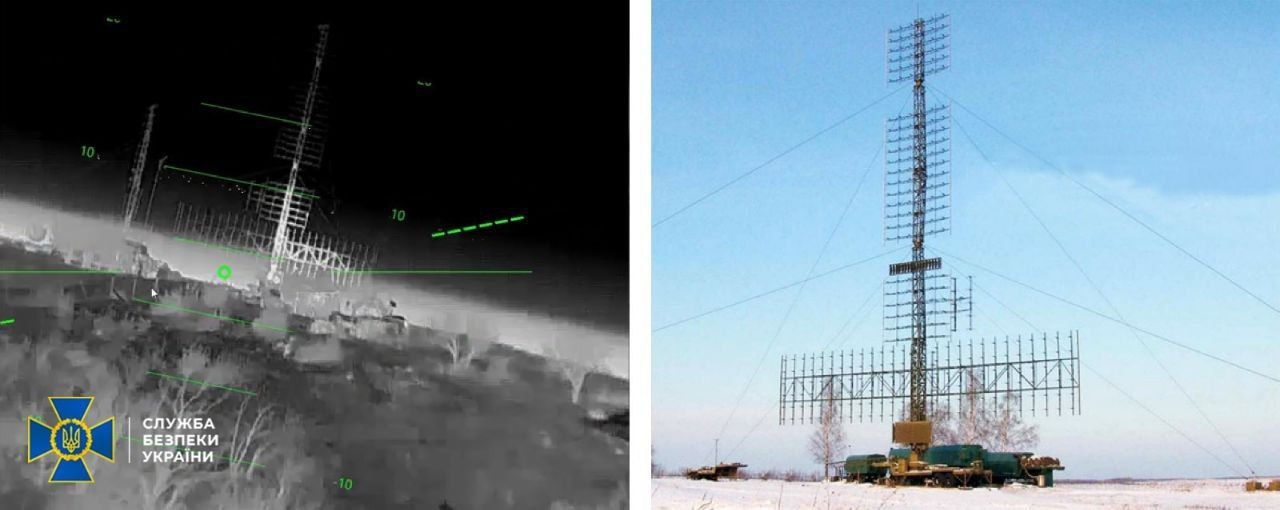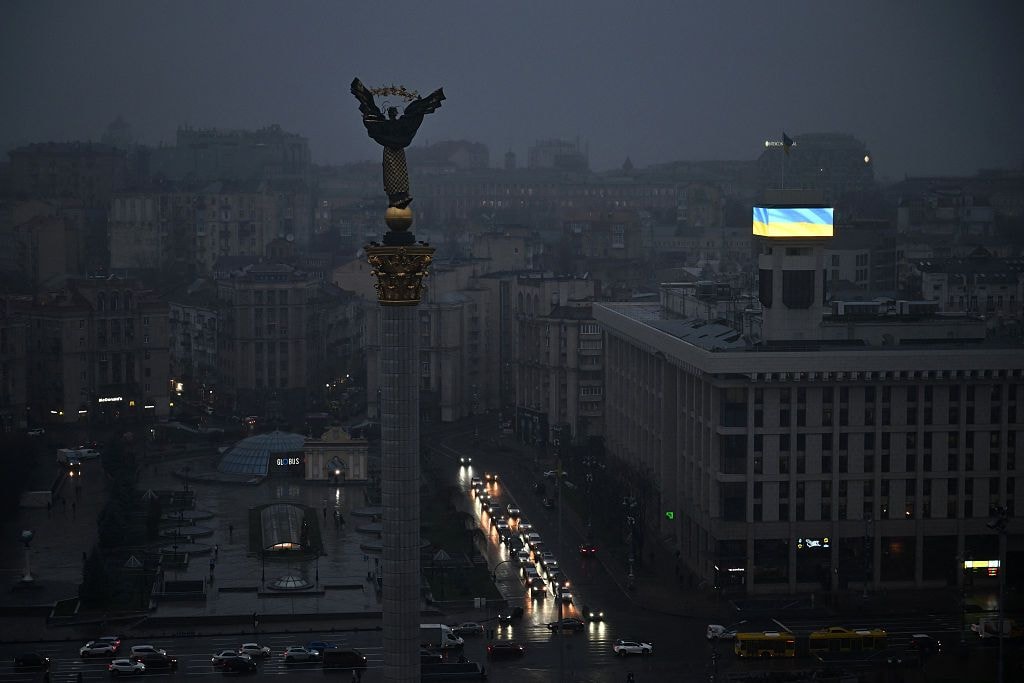US sanctions strain Russia’s oil exports as shipping costs surge, Bloomberg reports

Russia is facing a significant oil transportation crisis due to recent U.S. sanctions, according to Bloomberg oil strategist Julian Lee.
On Jan. 10, the U.S. Treasury sanctioned 161 oil tankers involved in transporting Russian crude, adding to a series of measures imposed by the Biden administration. These restrictions, which U.S. President Donald Trump has yet to relax, have already caused a sharp increase in shipping costs for Russian oil exports.
The impact of these sanctions is evident in the rising cost of securing tankers to transport Russia’s Urals crude to Asia. Data from Argus Media shows a nearly 50% surge in freight rates since the measures took effect. The difference between the price of Russian oil at export and its delivered price in Asia — an indicator of shipping costs — has also spiked.
The number of sanctioned vessels has now reached 265, with U.S. blacklisting proving to be the most disruptive. Of the 435 ships that transported Russian crude in 2024, 112 — or 26%— are now under Washington's sanctions, according to Bloomberg.
When vessels sanctioned by the EU and U.K. are included, the figure rises to 37%. However, given that 80% of these tankers carried multiple shipments, the affected vessels were responsible for 57% of Russia's total seaborne crude exports last year. This presents a significant logistical hurdle for the Kremlin as it struggles to secure alternative shipping options.
The growing restrictions on Russia's so-called "shadow fleet" mean the country must find new ways to sustain its oil export volumes. Some sanctioned ships have already encountered delays, either idling near Russian ports or waiting outside Chinese terminals instead of completing deliveries. Others have been used to transfer cargo to larger storage vessels near Russia's coastline.
Freight costs have already surged, with the expense of shipping a barrel of Russian crude from the Black Sea to India now at $10, while transport from the Baltic costs as much as $13 per barrel. While these rates are not yet at the peak levels seen after the initial G7 price cap, they have jumped by 48% since Jan. 10.
With Russian oil shipments becoming increasingly difficult, the country's ability to maintain its export levels may come under serious strain. If the recent shipping bottlenecks continue to expand, the sanctions could deal a severe blow to Russia's energy trade, exacerbating its economic challenges.











